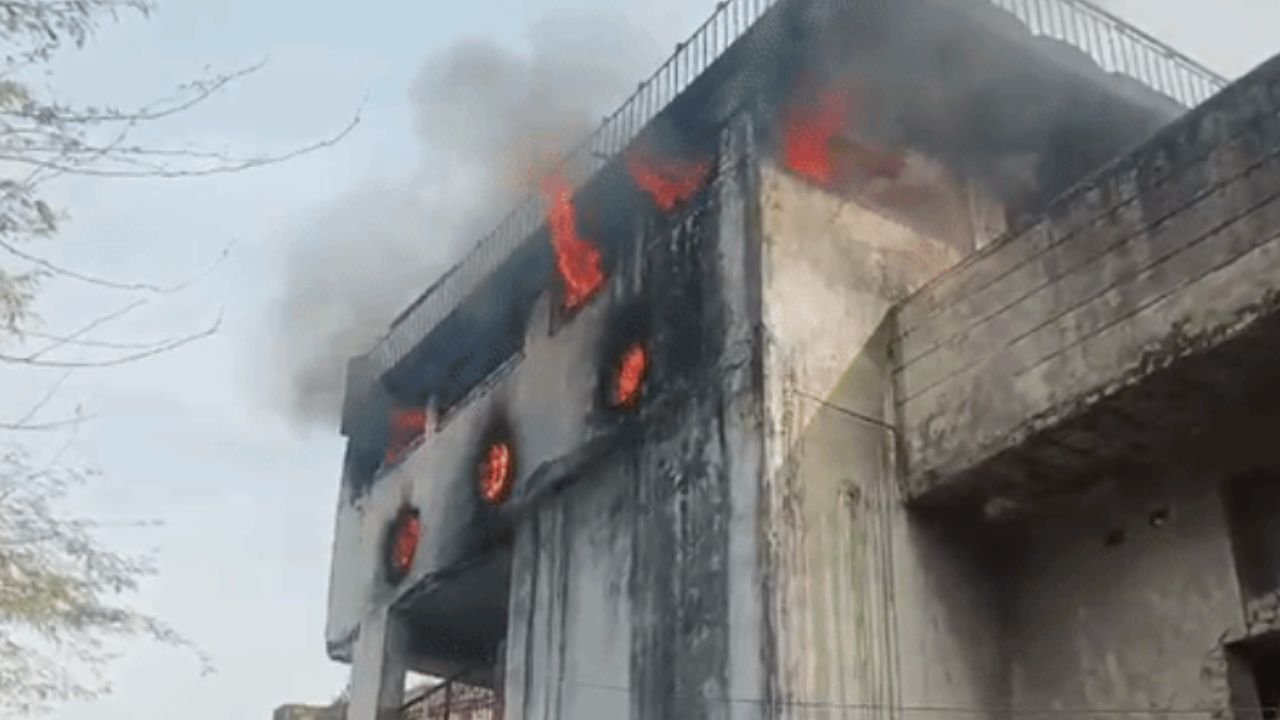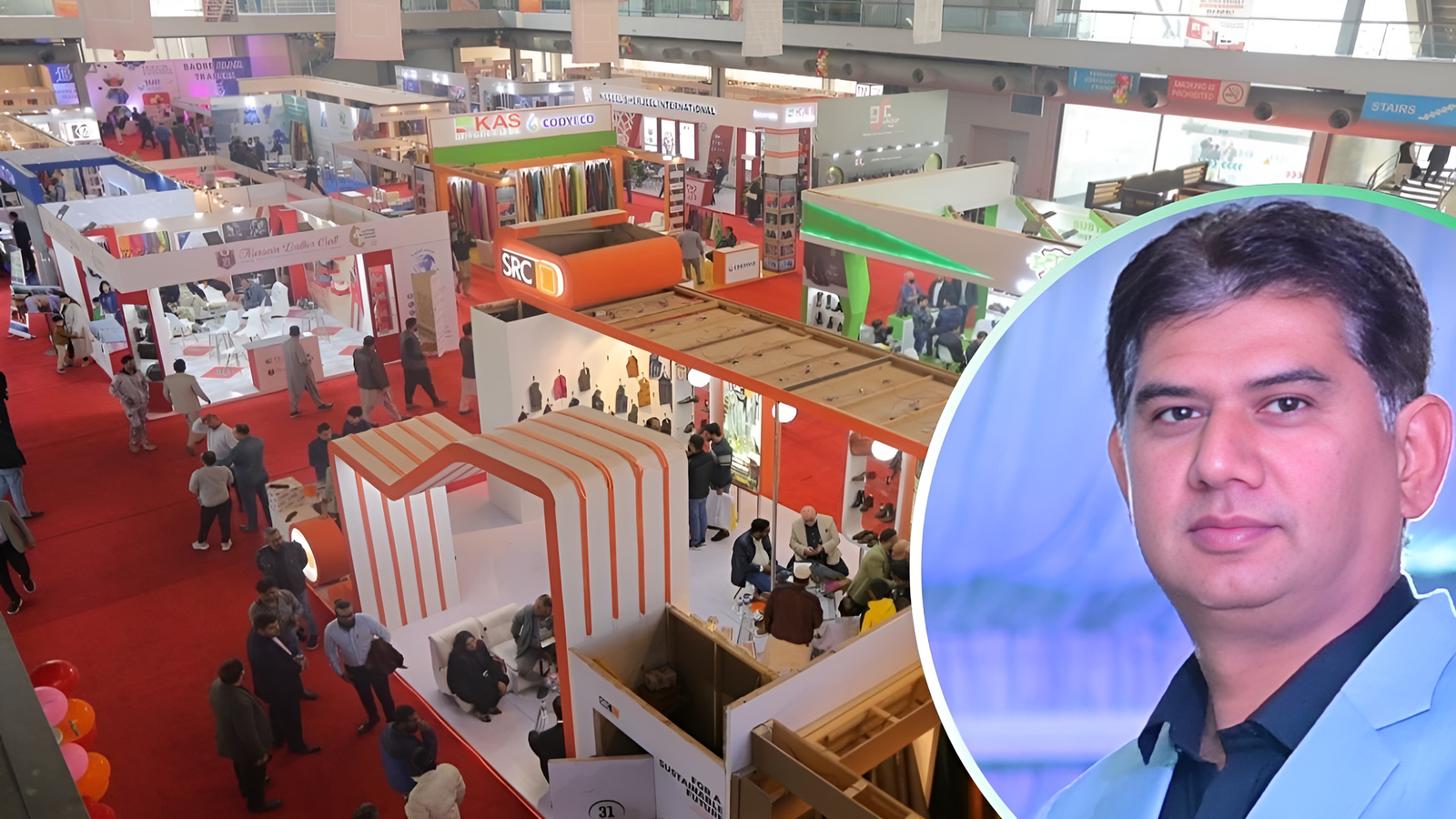Jinja City, a historically industrial hub in Uganda, has faced significant economic challenges, with the closure of four major leather Tanneries leaving a profound impact on the local economy. Closure of companies like SWT Leather Industries, Mehaka Leather Exim Smc Limited, Uganda Leather and Tannery Industries, and Loyal Small Scale Industries, has not only resulted in widespread unemployment but also disrupted the livelihoods of many families dependent on this industry.
The Factors Behind the Closure
The primary cause behind the closure of these factories has been a critical shortage of raw materials. According to Mr. Moses Mulondo, the head of membership and administration at the Uganda National Chamber of Commerce and Industry in Jinja, these factories were forced to operate below capacity due to an inadequate supply of hides and skins.
“These factories were operating below capacity due to a shortage in the supply of hides and skins, which couldn’t meet the demand”
Mr. Moses Mulondo, the head of membership and administration at the Uganda National Chamber of Commerce and Industry
This insufficiency has made it unsustainable for the factories to continue operations, leading to their eventual shutdown.
Economic Impact on Jinja
The closure of these leather factories has had a cascading effect on Jinja’s economy. Thousands of workers have lost their jobs, creating a rise in unemployment rates. Many of these workers were casual laborers who now find themselves without a steady source of income. Mr. Mulondo highlighted the severity of the situation, noting that the loss of these jobs has left many families in economic despair.
In addition to job losses, the local government has felt the financial strain. Ms. Sirina Kyakuwaire, the Deputy Speaker of Jinja City, pointed out that the city has experienced a notable decrease in revenue collection. The taxes generated from these industries were a significant source of income for the city’s budget.
“We used to generate taxes from these industries, and their shutdown has negatively impacted our revenue”
Ms. Sirina Kyakuwaire, the Deputy Speaker of Jinja City
This decline in revenue comes at a time when residents are increasingly demanding improvements in infrastructure, such as better roads, street lighting, and overall city cleanliness.
The Unfortunate Situation of Hides and Skins Dealers
The impact extends beyond the factory workers to include hides and skins dealers who now face an uncertain future. Mr. Arafa Wambede, a dealer in the industry, expressed his concern about the dwindling number of buyers. With only one factory, Skyfat Tannery, remaining operational, the options for selling hides and skins have become severely limited.
“With the closure of the factories, we will have nowhere to sell our hides and skins,”
Mr. Arafa Wambede, a dealer in the industry
Over the past five years, the prices for hides and skins have crashed, significantly affecting the dealers. The price per kilogram has dropped from Shs3,000 (USD 0.78) to as low as Shs500 (USD 0.13). This drastic reduction is attributed to the collapse of the market for wet-blue leather, which was once a significant export product.
Challenges Faced by Slaughter houses
The Slaughter houses in Jinja have not been spared from these economic difficulties. Mr. Ronald Mutabi Byarugaba, the General Secretary of Jinja City Slaughter houses, explained that the price fluctuations have made their business less profitable.
- The price of cow hides has fallen from Shs3,500 (USD 0.91) to a mere Shs400-500 (USD 0.10-0.13), and
- Goat skins have dropped from Shs10,000 (USD 2.60) to between Shs1,500 (USD 0.39-0.52).
These reductions have severely impacted the revenue streams for Slaughter houses, leading to further economic instability in the region.
“Government policies have restricted the export of raw hides and skins. The ban, which only allows the export of processed wet-blue leather, has left traders with limited market opportunities. This policy shift was intended to boost local processing industries but has inadvertently caused significant harm to the raw materials market.”
Mr. Chrizestom Kagolo, the chairperson of Jinja City Slaughter houses
Broader Economic Implications
The effects of these closures are not confined to Jinja alone. Traders from other regions, including Kamuli Municipality and Katakwi, have also felt the ripple effects. The combination of reduced prices and high government taxes has made it increasingly difficult for these traders to compete in the international market. This situation underscores the broader economic challenges facing Uganda’s leather industry as a whole.
Calls for Revitalization
Given the extensive impact on the local economy, there is a growing consensus on the need for strategies to revitalize the leather industry in Jinja. The industry was once a backbone of the city’s economy, providing employment and contributing significantly to the city’s revenue. Reviving this sector could not only restore lost jobs but also reinvigorate the local economy.
One potential solution lies in improving the supply chain for hides and skins. Ensuring a steady and reliable supply of raw materials would enable the remaining factories to operate at full capacity and encourage the reopening of closed factories. This could involve partnerships with local farmers and investments in better livestock management practices to increase the yield of hides and skins.
Additionally, there is a need for policy reforms that support the industry. While the ban on raw hide and skin exports aimed to promote local processing, it has had unintended negative consequences. A balanced approach that allows for both local processing and the export of raw materials could help stabilize the market. Furthermore, reducing taxes and providing incentives for leather exporters could enhance their competitiveness on the global stage.
Training and education are also crucial components of revitalization efforts. By investing in the skills development of workers, the industry can improve the quality of its products, making them more attractive to international buyers. This could involve collaborations with educational institutions to offer specialized courses in leather processing and tanning.
The Role of Technology and Innovation
Embracing technological advancements and innovative practices could also play a pivotal role in revitalizing Jinja’s leather industry. Investing in modern tanning technologies that are more efficient and environmentally friendly can enhance the production quality and reduce costs. Additionally, exploring new markets and diversifying product lines could open up new revenue streams for the industry.
Community and Stakeholder Involvement
For any revitalization strategy to be successful, it is essential to involve community stakeholders. Engaging with local communities, factory workers, hides and skins dealers, and Slaughter house operators to understand their needs and challenges can lead to more effective and inclusive solutions.
A Glimmer of Hope: Skyfat Tannery
Despite the challenges, Skyfat Tannery stands as a ray of hope for Jinja’s leather industry. As the only operational leather factory in the city, Skyfat Tannery continues to provide employment and contribute to the local economy. However, the sustainability of this factory is crucial. Ensuring that Skyfat Tannery remains operational and even expands its capacity could provide much-needed stability to the industry.
Conclusion
The closure of leather factories in Jinja has had far-reaching economic consequences, affecting employment, revenue, and the overall economic stability of the region. Addressing the root causes, such as raw material shortages and restrictive government policies, is essential for revitalizing the industry. By implementing strategic initiatives, embracing technology, and involving community stakeholders, Jinja’s leather industry can recover and thrive once again. The resilience and collaborative efforts of all involved will be key to navigating this challenging period and ensuring a brighter economic future for Jinja City, Uganda.












